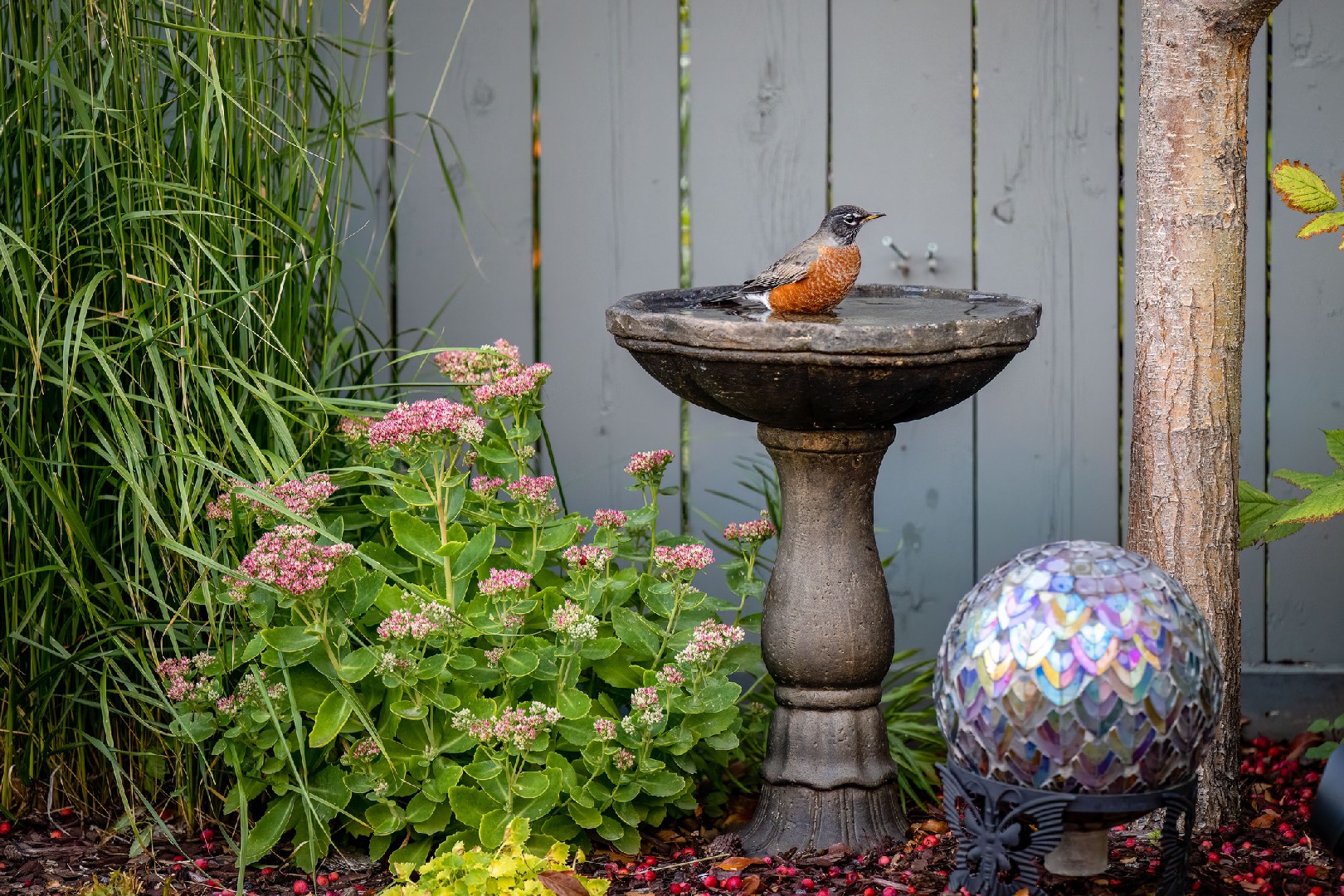![Rectangle]()
Why Make Your Garden Bird-Friendly?
Creating a bird-friendly garden not only benefits the feathered visitors but also contributes to a healthy and thriving garden ecosystem. Birds play a significant role in maintaining the equilibrium of the natural world, and by welcoming them into your garden, you are offering them a safe haven to thrive and contribute to the overall balance of the ecosystem.
One of the main advantages of having a bird-friendly garden is that birds assist in pest control. Many birds feed on insects and other pests, keeping their populations in check. By providing a garden that attracts birds, you can naturally reduce the number of harmful pests that would otherwise damage your plants and crops. Not only does this save you on chemical pesticides, but it also helps maintain a healthy ecological balance within your garden.
Additionally, birds are excellent pollinators. While bees often steal the spotlight when it comes to pollination, birds also play a vital role in this process. They visit flowers to feed on nectar and inadvertently transfer pollen from one flower to another, facilitating the reproduction of plants. By creating a bird-friendly garden, you are not only supporting bird populations but also contributing to the pollination of various plant species, which is essential for the overall health and biodiversity of your garden.
Apart from their functional roles, the presence of birds in your garden can also lend a soothing and peaceful atmosphere. The melodious tunes of songbirds can provide a calming effect, adding a touch of tranquility to your outdoor space. Listening to their songs can help reduce stress and anxiety, creating a welcoming environment for you to relax and unwind.
To make your garden more bird-friendly, there are several practical steps you can take. First, provide a variety of food sources such as bird feeders, birdhouses, and native plants that produce seeds, berries, or nectar. This will attract a diverse range of bird species and ensure they have access to the nutrients they need. Additionally, ensure a water source is available, such as a birdbath or a small pond, for birds to drink and bathe in.
Furthermore, consider creating different layers in your garden to provide shelter and nesting opportunities for birds. This can be achieved by planting shrubs, trees, and grasses of varying heights. These diverse habitats will attract a greater diversity of bird species and provide them with suitable nesting sites.
In conclusion, making your garden bird-friendly is not only beneficial for the birds but also for your garden's overall health and biodiversity. By attracting birds, you can naturally control pests, support pollination, and create a serene and relaxing atmosphere. Implementing simple practices such as providing food sources, water, and diverse habitats can make a significant difference. So why not create a haven for our feathered friends and enjoy the numerous benefits that come with a bird-friendly garden?





